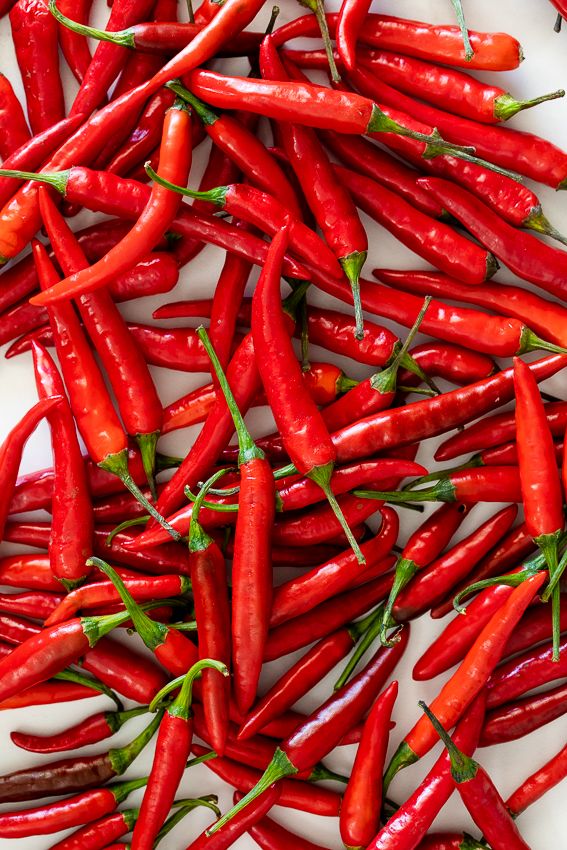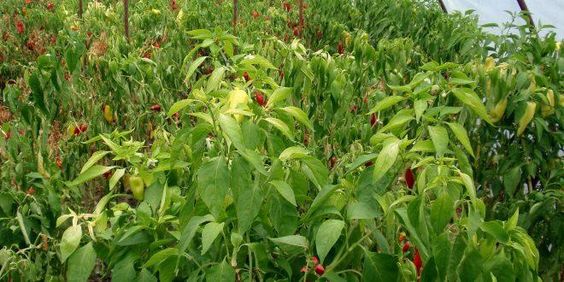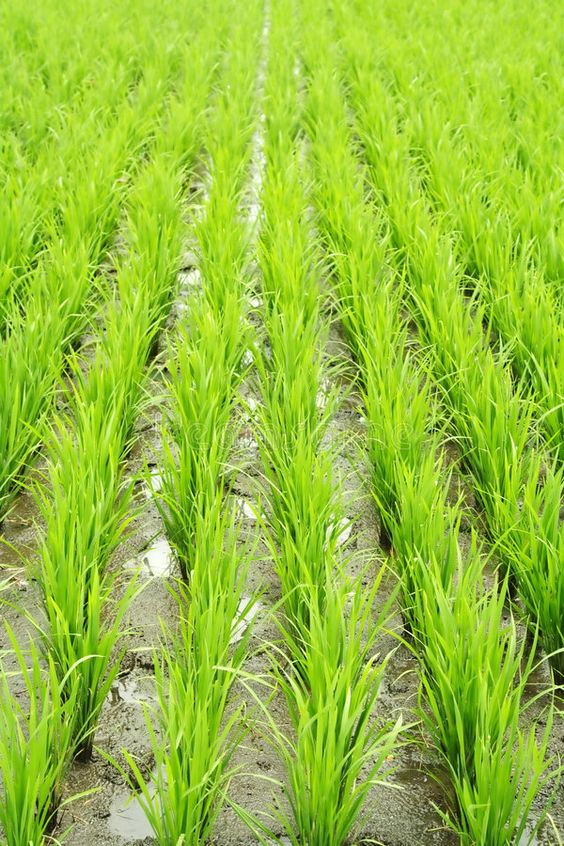Fresh Red Chili Powerhouse: Smart Agriculture Solutions for Sustainable Cultivation
Fresh red chili,The fiery allure of chili peppers transcends geographical and cultural boundaries. However, chili pepper production faces significant challenges, including disease, fluctuating weather patterns, and labor shortages. This is where Smart Agriculture steps in, offering a potent blend of technology and data-driven practices to cultivate red chilies more efficiently and sustainably.
Contents
- 1 The Spicy Side of Chili Pepper Production
- 2 Smart Agriculture to the Rescue: A Tech-Savvy Approach
- 3 The Benefits of Smart Agriculture for Fresh red chili Pepper Producers
- 4 Case Studies: Smart Agriculture Fresh red chili in Action
- 5 The Road Ahead: Embracing Smart Agriculture for a Sustainable Future
The Spicy Side of Chili Pepper Production
Fresh red chili are a vital cash crop for millions of farmers globally. However, their cultivation faces several hurdles:
- Climate Sensitivity: Chili peppers thrive in specific temperature and humidity ranges. Deviations from these can lead to stunted growth, reduced yield, and increased susceptibility to diseases.
- Pest and Disease Control: Chili plants are vulnerable to various pests and diseases, including aphids, thrips, and fungal infections. Traditional methods of pest control can be expensive, environmentally harmful, and require significant labor.
- Water Management: Chili pepper cultivation requires consistent yet moderate irrigation. Overwatering can lead to fungal diseases, while under-watering can significantly impact yield and fruit quality.
- Labor Shortages: The agricultural sector faces a growing labor shortage, making it difficult to find skilled workers for planting, harvesting, and post-harvest handling of chilies.
Smart Agriculture to the Rescue: A Tech-Savvy Approach
Smart Agriculture provides a powerful arsenal of tools and techniques to address these challenges and empower Fresh red chili pepper producers. Here’s how:
- Precision Irrigation: Utilizing sensors and weather data, smart irrigation systems provide targeted watering based on real-time soil moisture levels and climatic conditions. This optimizes water usage, reduces waste, and ensures optimal chili plant growth.
- Environmental Monitoring: Wireless sensor networks can monitor temperature, humidity, and light levels within chili fields. This real-time data allows farmers to adjust greenhouse settings or utilize shade cloths to maintain ideal growing conditions.
- Disease and Pest Detection: Advanced imaging technologies like drones equipped with multispectral cameras can detect early signs of pest infestations or fungal diseases. Early detection allows for targeted interventions using organic or biological pest control methods, minimizing environmental impact and crop losses.
- Automated Systems: Robotics and automation can play a crucial role in labor-intensive tasks. For example, robotic harvesting systems can be programmed to selectively pick ripe red chilies, reducing reliance on manual labor and ensuring efficient harvesting.
- Data-Driven Decision Making: Smart agriculture platforms integrate data from various sensors and software to create a holistic view of the chili crop. This allows farmers to analyze trends, identify potential problems, and make informed decisions regarding irrigation, fertilization, and pest control.
The Benefits of Smart Agriculture for Fresh red chili Pepper Producers
Embracing Smart Agriculture practices offers a multitude of benefits for Fresh red chili pepper producers:
- Increased Yields: Precise irrigation, optimal growing conditions, and early disease detection contribute to improved plant health and ultimately, higher chili pepper production.
- Improved Quality: Smart Agriculture techniques ensure consistent quality by optimizing growing conditions and minimizing post-harvest losses.
- Reduced Costs: Precision irrigation minimizes water waste, targeted pest control techniques reduce the need for broad-spectrum pesticides, and automation can offset labor costs.
- Enhanced Sustainability: Smart Agriculture promotes environmentally friendly practices by optimizing resource usage and minimizing chemical applications.
- Data-Driven Decisions: Smart platforms empower farmers with data to make informed decisions, leading to improved farm management and reduced risk.
Case Studies: Smart Agriculture Fresh red chili in Action
Here are real-world examples of how Smart Agriculture is revolutionizing Fresh red chili pepper production:
- Greenhouse Automation in Mexico: In Mexico, a major chili pepper producer, greenhouses are increasingly reliant on automated irrigation and climate control systems. These systems have led to significant reductions in water usage and increased chili pepper yields.
- Drone-based Disease Detection in India: Indian chili farmers are utilizing drones equipped with multispectral cameras to detect chili thrip infestations. Early detection allows for targeted interventions, minimizing crop losses and the need for harmful chemicals.
- Precision Irrigation in the US: In the US, chili pepper growers are adopting precision irrigation systems that use soil moisture sensors to deliver water directly to the root zone. This reduces water waste and ensures optimal plant growth.
The Road Ahead: Embracing Smart Agriculture for a Sustainable Future
Fresh red chili,While the initial investment in Smart Agriculture technology may seem daunting for some farmers, governments and agricultural organizations can play a crucial role in providing financial assistance, training programs, and infrastructure support. As the technology matures and becomes more affordable, Smart Agriculture has the potential to transform chili pepper production across the globe.
Fresh red chili,By embracing Smart Agriculture solutions, chili pepper growers can navigate the challenges of climate change, labor shortages, and resource limitations. This tech-driven approach can empower farmers to cultivate high-quality red chilies efficiently and sustainably, ensuring the fiery delight of chili peppers remains




